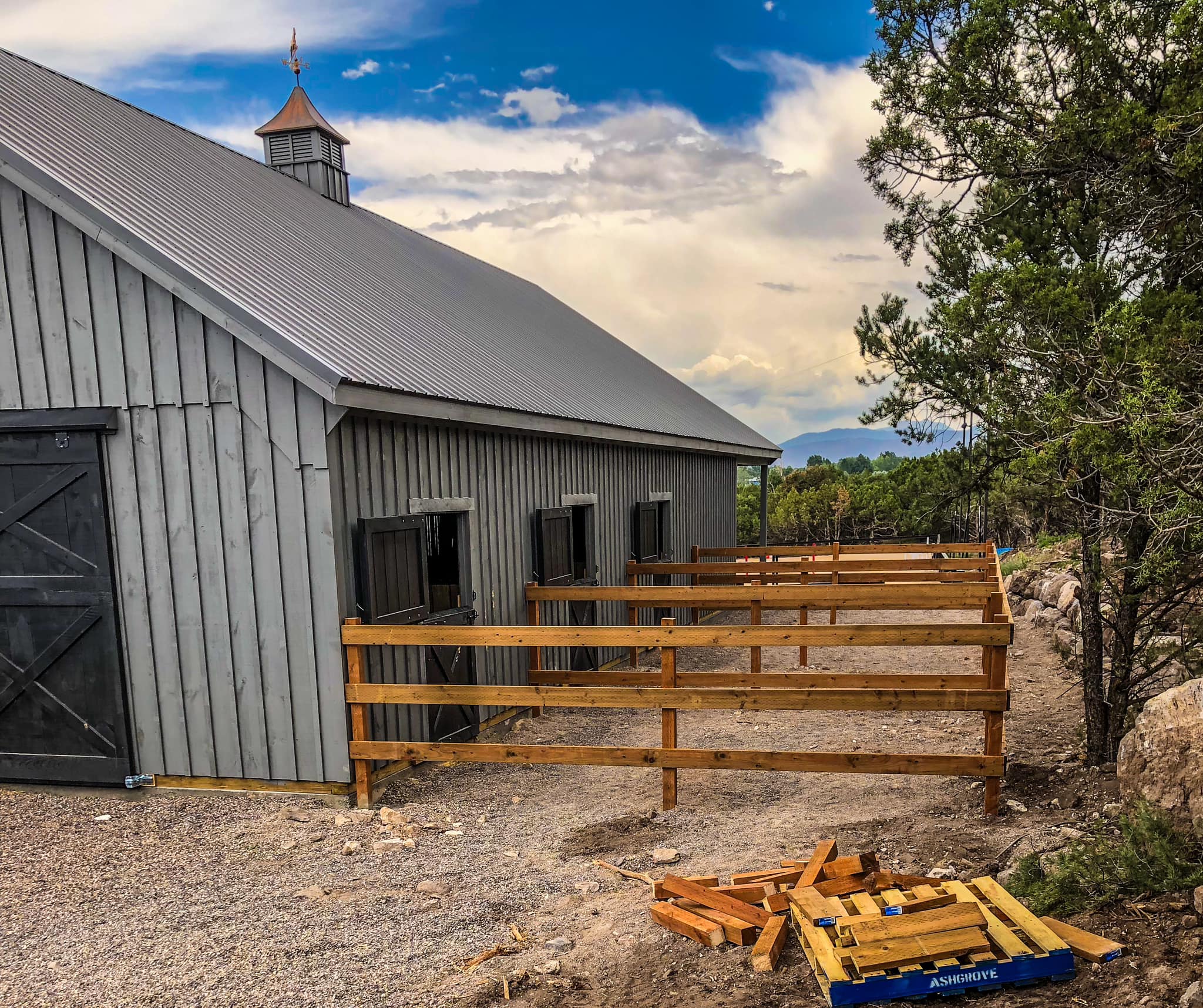
A Beginner's Guide to Understanding Fencing Regulations and Permits Aug 24, 2025
Every city or county can have its own set of rules and regulations regarding fencing, and these can influence everything from the fence's height to the materials you can use. At Burton Fencing, we believe that understanding these regulations is key to a successful fencing project. Let’s explore the essential aspects you need to consider.
First, start by checking local zoning laws. These laws vary greatly depending on where you live and can dictate not only the height and type of fencing allowed but also how far your fence must be set back from the property lines. Contact your local zoning office or visit their website to find the specific regulations applicable to your neighborhood. It's a good idea to have a clear idea of your property boundaries before reaching out, as zoning laws can strictly enforce these limits.
Next, determine if you need a permit. Fencing permits are typically required for fences over a specific height, but this threshold can differ widely from one area to another. For instance, many places allow fences up to six feet tall in backyards without a permit, but front yard fences often have lower height restrictions. Acquiring a permit often involves submitting plans or sketches of the intended fence, so prepare to provide accurate details about your project.
Another aspect of fencing regulations involves neighborhood or homeowners' association (HOA) guidelines. If you live in a community with an HOA, check their bylaws regarding fencing. HOAs can impose stricter guidelines than local laws, specifying everything from the style, color, and material of the fence to its exact placement. Failing to comply with HOA standards can lead to fines or demands to remove your non-compliant fence.
Safety and environmental considerations also play a role in fencing regulations. In areas with specific wildlife considerations, like protecting certain animal habitats, regulations may require special fencing materials or styles. Additionally, if your fence is being installed near a public path or body of water, there might be further restrictions to guarantee public safety or environmental protection.
Finally, always consult with your neighbors before starting your fencing project. Installation can be a disruptive process, and keeping your neighbors informed can prevent disputes. In some cases, sharing a boundary fence means you and your neighbor will share the costs, which can be a great incentive for mutual cooperation.
Understanding fencing regulations might seem daunting, but with a bit of research and preparation, you can smoothly navigate these requirements. At Burton Fencing, we provide consultations to help guide our clients through this process, ensuring your project aligns with both aesthetic desires and legal mandates. Being informed ensures a seamless installation journey and allows you to enjoy your new fence without worry.
In conclusion, whether it's checking zoning laws, securing necessary permits, or understanding HOA guidelines, being proactive about regulations is crucial. Taking the time to understand these aspects before your fencing project will protect your investment and offer peace of mind. Let us at Burton Fencing assist you in crafting a beautiful, compliant addition to your property.
/filters:no_upscale()/media/96d67f8b-8a48-4f8b-9daf-c16eaf1ab0c3.jpg)
/filters:no_upscale()/filters:format(webp)/media/09bf9cdf-d532-470e-ab85-269cf6ab92c1.jpg)